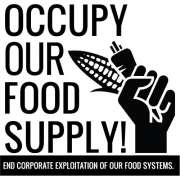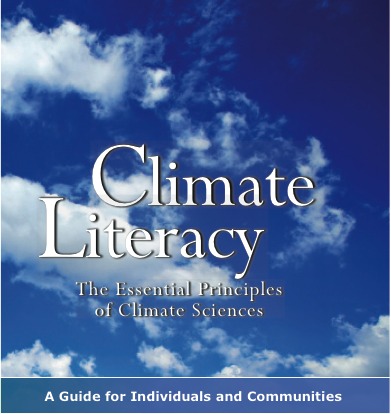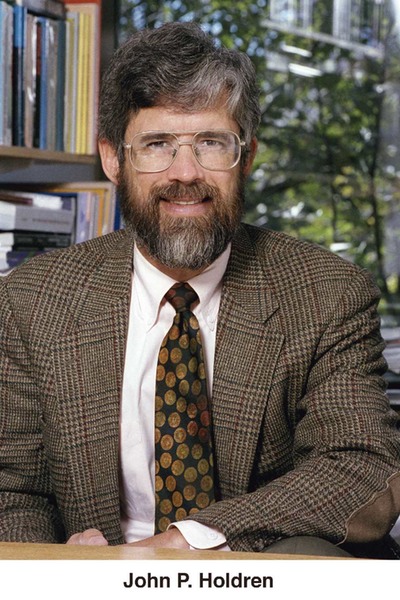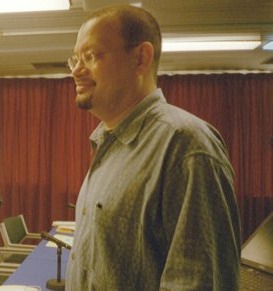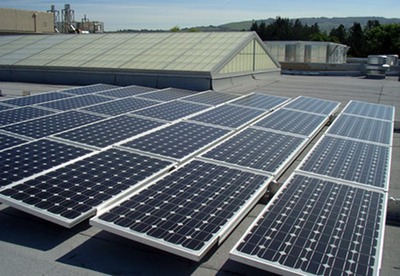Soil Carbon - Putting carbon back where it belongs - in the soil
The Solution That Offers Immediate Impact On Global Warming
THE PROBLEM: An increase in carbon dioxide levels in the air, contributing to global warming.
THE SIMPLE SOLUTION: Put the carbon back in the earth where it belongs. Degraded soils can store up to 5 times more organic carbon in their surface layers than they currently hold if the soil management approach changes. Through the application of these types of management methods, Soil Carbon Australia can make an impact on global warming. More >>>
![]()
Three Big Things We Should Do Now to Slow Global Warming
Amidst all the complexity of international climate change negotiations, it is easy to lose sight of actions we can take now, using proven technologies.Such “immediate mitigation” is essential if we are to avoid irreversible tipping points for abrupt climate change.There are three very promising ways of meeting the need for speed.
1.Black Carbon
Black carbon, the light absorbing matter in soot, warms the atmosphere by absorbing solar radiation and releasing it as heat. It also accelerates the melting of snow and ice by reducing their ‘albedo’ (the ability to reflect light).This is most dramatically demonstrated by the contribution which black carbon is making to the disintegration of Arctic sea-ice, which in turn threatens to accelerate feedback mechanisms that will speed disintegration of the Greenland Ice Sheet.Of equal importance is the impact black carbon has on the melting snowpacks and glaciers in the Himalayas and the threats this poses to fresh water supplies and therefore food security in much of Asia.We know how to reduce black carbon, and doing so can produce an immediate delay in global warming.The developed world has reduced black carbon emissions by a factor of five since the 1950s.Providing this technology to the developing world could mitigate climate change and prevent millions of deaths each year from air pollution.
2.Bio-Char
Progress can be made in the countryside as well as in the cities of the developing world. Bio-char (sequestering carbon in the soil) is an ancient technology with a modern future. Pre-Columbian Amazonian Indians called it “Terra Preta de Indio” and used it to enhance productivity of their soil.They made it by smouldering their waste.Its modern equivalent is being developed using ‘pyrolysis’ in relatively low-tech kilns in many countries, including by the Kansai Sustainability Network in Japan since 2003.Switching from slash-and-burn to slash-and-char can reduce 12% of annual carbon emissions caused by land use changes, which is 2% of the world’s total annual emissions.Switching to slash-and-char also reduces black carbon.When bio-char is combined with biofuel production, it can become a carbon negative process that draws down atmospheric concentrations of CO2.
3.Banks of CFCs & HCFCs in Old Products and Equipment
We urgently need to address the CFCs and
HCFCs that are being released from old products and equipment at end-of-life—an
estimated 7.4 billion tons of CO2 equivalent by 2015.This is a task for the Montreal Protocol similar to its
successful agreement in 2007 to accelerate the HCFC phase-out, which is
providing climate mitigation of 16 billion tons of CO2 equivalent through
2040.It’s now or never for
eliminating these “perishable” emissions.
More >>>


